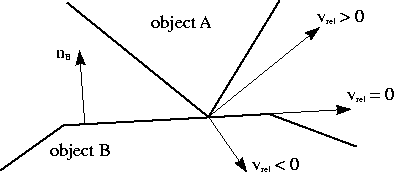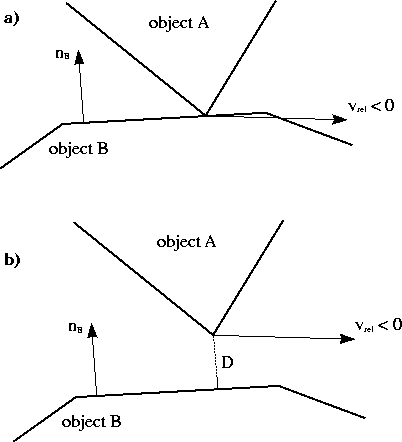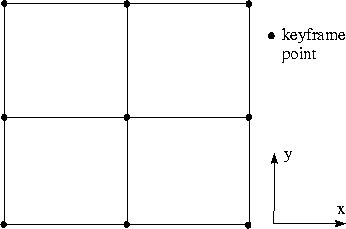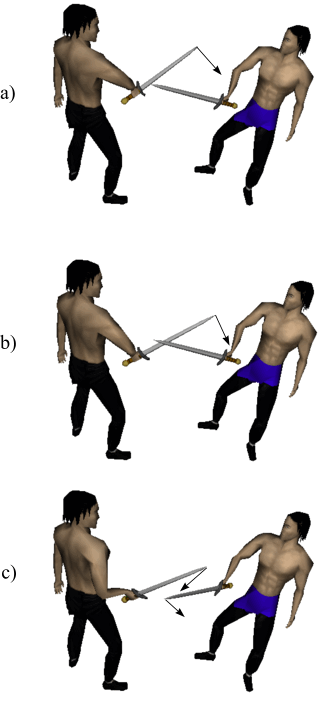
| (1) |
| (2) |
|
|
| ||||||||
|
|
| ||||||||
|
|
| ||||||||
|
|
| ||||||||
|
|
| ||||||||
|
|
|
| (3) |
| (4) |
| (5) |
| (6) |
| (7) |
| (8) |
| (9) |
| (10) |
| (11) |
| (12) |
| (13) |
| (14) |
| (15) |

|
|
|
|
|
|
| |||||||
|
| ||||||||
|
|
| (16) |
| (17) |
| (18) |
| (19) |

| (20) |
| (21) | ||||||
| (22) |
| (23) |

| (24) |
| (25) |
| (26) |
| (27) |
|
|
| |||||||||||||
|
| ||||||||||||||
|
|
|
|
|
| |||||||||||||||
|
| ||||||||||||||||
|
|
| ||||||||||||||||
|
|
| ||||||||||||||||
|
| ||||||||||||||||
|
|
| ||||||||||||||||
|
|
|
|
|
| (28) | |||||||||
|
|
| |||||||||||
|
|
|
| (29) |

| (30) |
| (31) |

| (32) |
